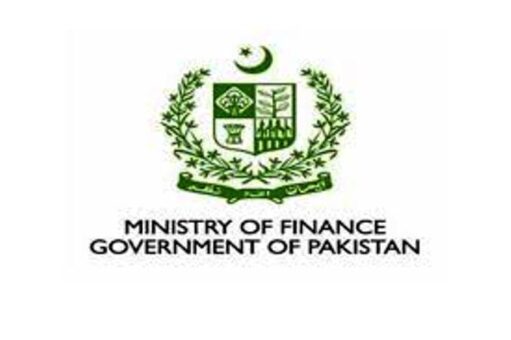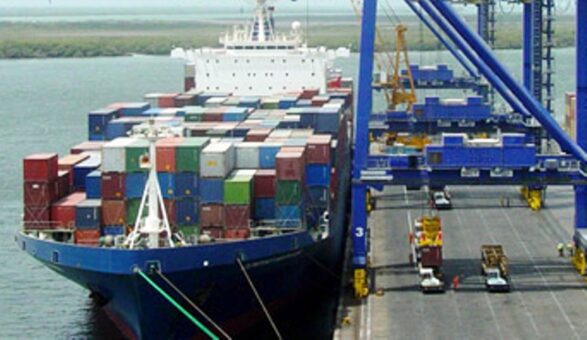ISLAMABAD: The exports have registered 19.5 percent decline in August 2020 owing to torrential rains and significant urban flooding in Karachi.
The exports for the month of August 2020, have recorded a downfall of 19.5 percent, in dollar value terms, as compared to the same period last year.
This was discussed in an internal review meeting at Ministry of Commerce on Thursday, chaired by the Advisor to the Prime Minister on Commerce and Investment, Abdul Razak Dawood.
During the same month, the imports have also dropped by 20 percent, in dollar value terms, as compared to August 2019.
However, the overall trade balance has improved by 20.6 percent in August 2020, as compared to same month last year.
Despite the decline in August, some of the products, like tractors, iron and steel, chemicals and cement have posted a growth of 186 percent, 100 percent, 90 percent and 30 percent respectively, in dollar value terms, as compared to August 2019.
It was told in the meeting that due to heavy rains in the country, there were some delays in obtaining and analyzing the data.
It was further discussed in the meeting that the rains and consequential urban flooding, particularly in Karachi, caused significant problems in the existing infrastructure, disrupting the supply chains and affecting the exports for the month of August.
Power outages, slowdown in business activities, delays in transportation and hampering of port operations are some of the issues faced by the exporters due to unprecedented monsoon rains in the country.
Talking in the meeting, the Advisor hoped that the exports would begin to recover in September as normalcy should return to Karachi.
The advisor noted that although exports have temporarily fallen, the trade balance continues to improve.
“Exporters are encouraged that despite the calamity of rain and flooding, we must pursue ‘Make in Pakistan’ and export led growth,” the advisor said.
“I have every confidence in our exporters that they will make up for the loss in the subsequent months”, he added.
Dawood directed that the Ministry of Commerce must resolve the issues of the exporters on war-footings in these unprecedented times.





